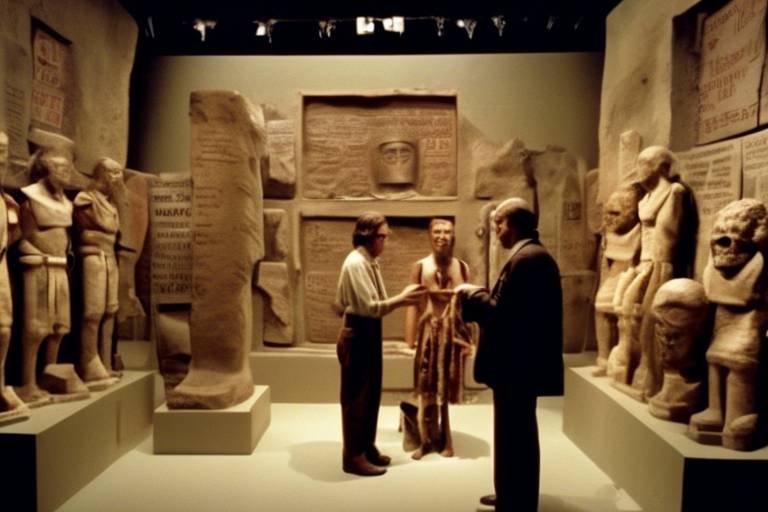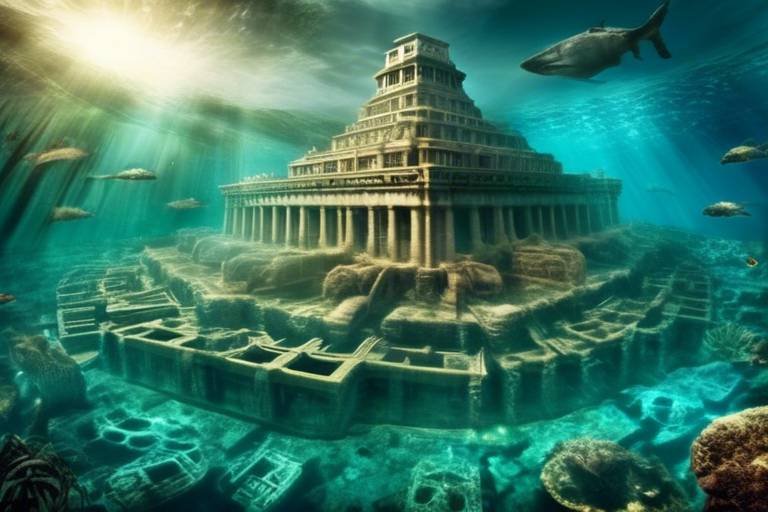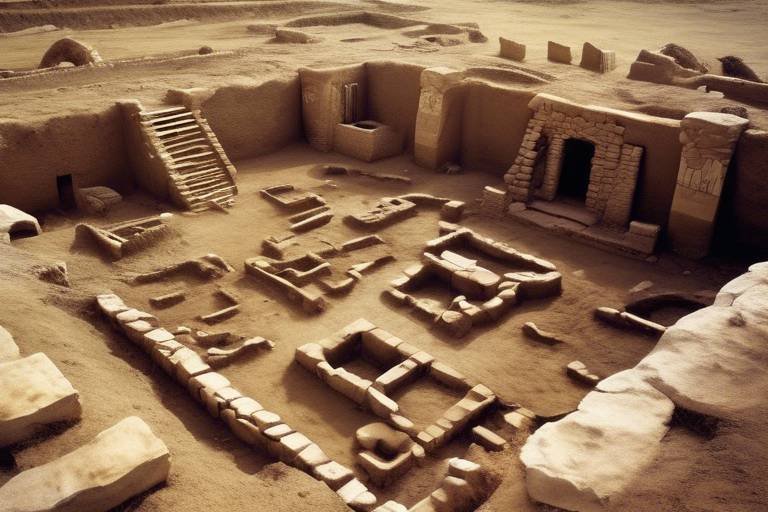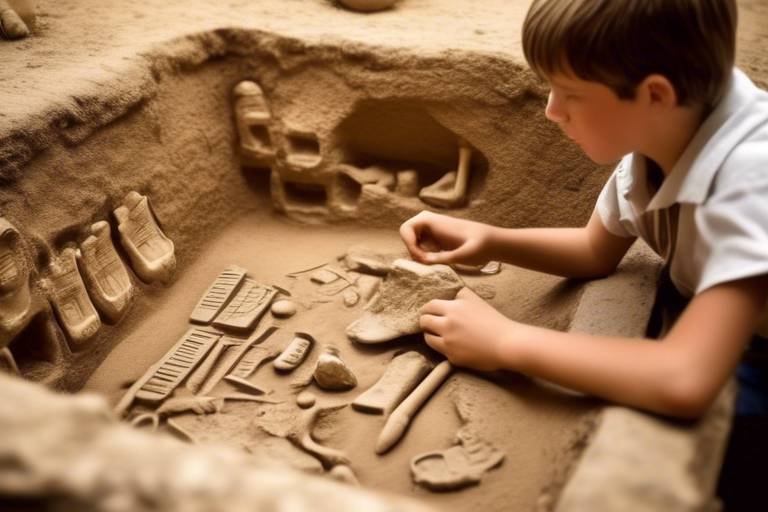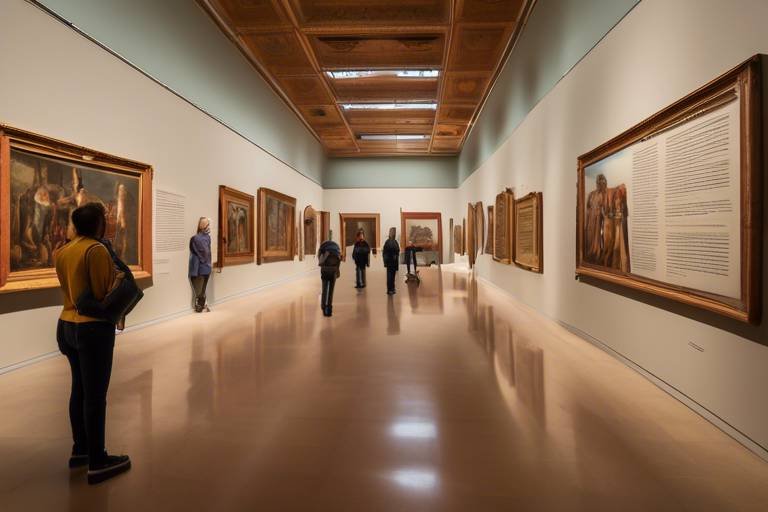Archaeology in Popular Culture - From Movies to Museums
Archaeology has long captured the imagination of the public, and its presence in popular culture has only served to amplify this fascination. From the silver screen to the hallowed halls of museums, archaeology has found its way into various forms of media, shaping how we perceive the past and the individuals who uncover its secrets.
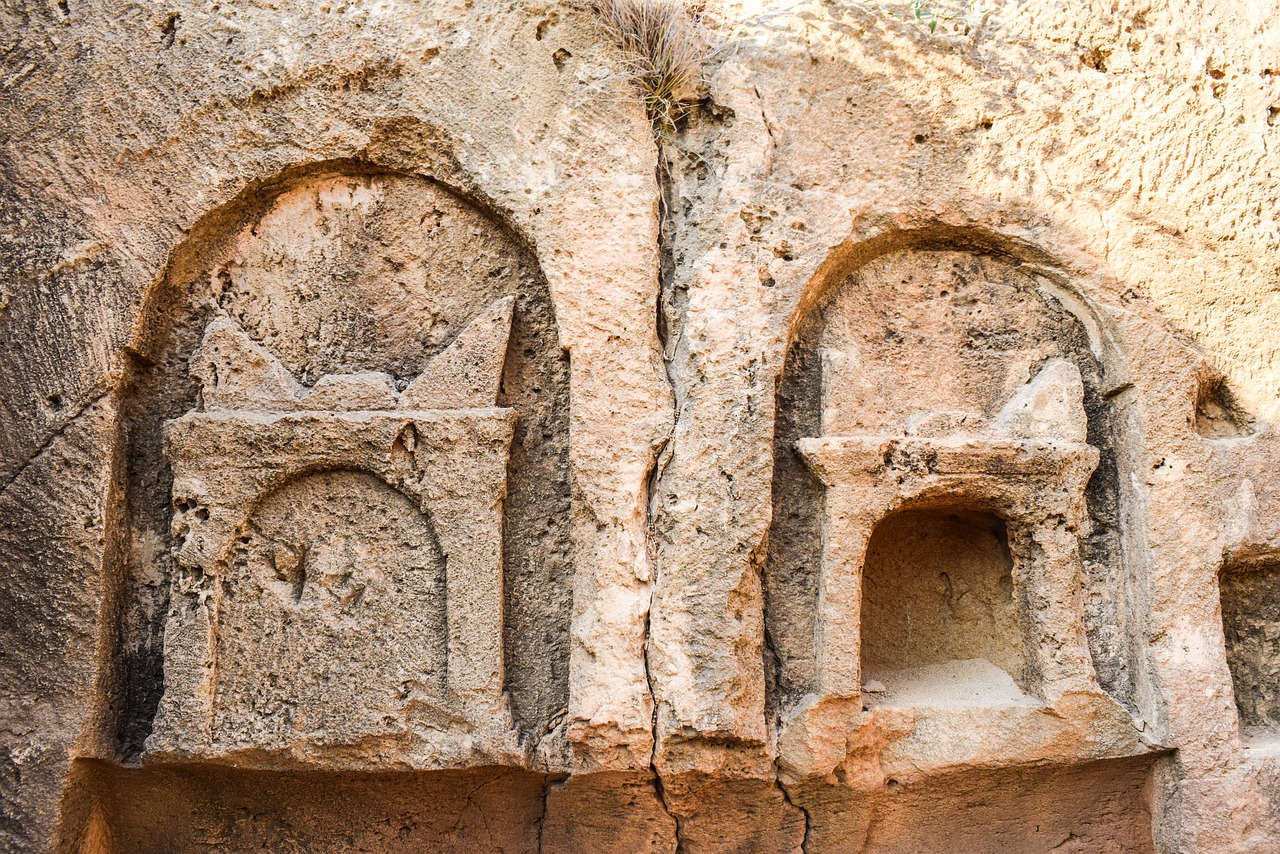
Archaeology in Hollywood Films
When it comes to archaeology in Hollywood films, we are often taken on thrilling adventures filled with ancient mysteries, hidden treasures, and daring explorations. Movies like "Indiana Jones" have captivated audiences for decades, shaping our perception of archaeologists as intrepid heroes braving dangerous tombs in search of priceless artifacts. But how accurate are these portrayals, and what impact do they have on the public's understanding of the field?
While Hollywood certainly takes creative liberties with the archaeological process, these films play a crucial role in sparking interest in history and archaeology among viewers. The dramatic storytelling and larger-than-life characters make the past come alive in ways that traditional textbooks cannot. They inspire a sense of wonder and curiosity about ancient civilizations, encouraging audiences to delve deeper into the real-world science behind the silver screen adventures.
Moreover, Hollywood films have the power to influence public perception of archaeology, shaping how people view the discipline and its practitioners. By showcasing the excitement and intrigue of archaeological discoveries, these movies contribute to a romanticized image of the field, drawing in aspiring archaeologists and amateur enthusiasts alike. While some may argue that these portrayals are exaggerated or unrealistic, there is no denying the impact they have on popular culture's fascination with the past.
So, the next time you find yourself engrossed in a Hollywood blockbuster featuring daring archaeologists on a quest for ancient artifacts, remember that while the action may be exaggerated, the passion for uncovering history is very much real.

Archaeological Discoveries in Video Games
Video games have become a powerful medium for exploring archaeological discoveries and ancient civilizations in an interactive and engaging way. Through popular titles like Assassin's Creed and Tomb Raider, players can immerse themselves in virtual worlds filled with historical artifacts and mysterious ruins. These games often blend fiction with real-world archaeological sites, offering players a unique opportunity to experience the thrill of discovery and exploration.
One of the key aspects of archaeological discoveries in video games is the attention to detail in recreating ancient environments and artifacts. Game developers meticulously research historical sources to ensure accuracy in their virtual representations of archaeological sites. Players can embark on quests to uncover lost treasures, solve ancient puzzles, and unravel the mysteries of civilizations long past.
Moreover, video games allow players to interact with archaeological artifacts in ways that are not possible in traditional museum settings. Through virtual exploration, gamers can touch, manipulate, and study ancient objects up close, gaining a deeper understanding of the past. This hands-on approach to archaeology in video games fosters a sense of connection and curiosity about ancient civilizations.
Furthermore, the storytelling elements in video games often incorporate archaeological themes to create compelling narratives that captivate players. By weaving elements of archaeology into the gameplay, developers provide a rich context for the player's actions, adding layers of historical significance to the gaming experience. This fusion of archaeology and storytelling in video games enhances the educational value of these virtual adventures.
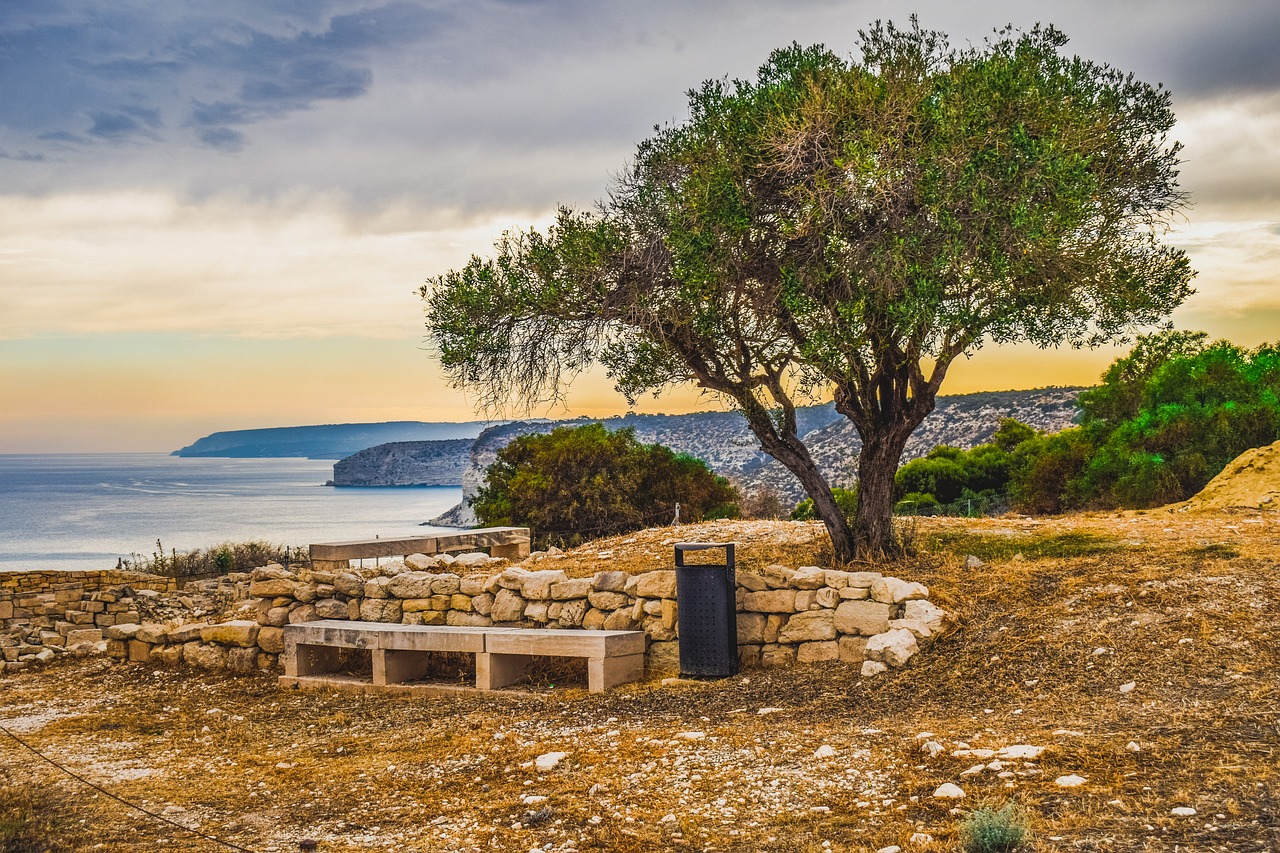
Archaeology in Literature and TV Shows
When it comes to exploring the realm of archaeology in literature and TV shows, we are often transported to thrilling adventures filled with ancient mysteries and hidden treasures. Authors and screenwriters have masterfully woven the tapestry of archaeology into their narratives, captivating audiences with tales of daring excavations and historical enigmas waiting to be unraveled.
In literature, we encounter novels where intrepid archaeologists embark on expeditions to uncover lost civilizations or decipher cryptic artifacts. These stories not only entertain but also educate readers about the meticulous process of archaeological research and the significance of preserving our cultural heritage. From the dusty tombs of Egypt to the lush jungles of South America, these literary works transport us to distant lands and eras, igniting our curiosity about the past.
Similarly, TV shows have embraced the allure of archaeology, blending elements of mystery, adventure, and historical intrigue to create compelling narratives. Whether it's a team of experts delving into ancient ruins or a modern-day protagonist stumbling upon a centuries-old secret, these shows bring the excitement of archaeological exploration into our living rooms. Viewers are drawn into the world of excavation sites and artifact analysis, experiencing the thrill of discovery alongside the characters on screen.
Moreover, the portrayal of archaeology in TV shows often highlights the collaborative nature of the field, showcasing the teamwork, expertise, and dedication required to unlock the secrets of the past. Through these fictional representations, audiences gain a deeper appreciation for the complexities of archaeological work and the importance of preserving historical sites for future generations.
From best-selling novels to binge-worthy series, archaeology in literature and TV shows continues to captivate audiences with its blend of history, mystery, and adventure. These creative interpretations not only entertain but also inspire a fascination with the past, encouraging viewers and readers to explore the world of archaeology beyond the confines of fiction.
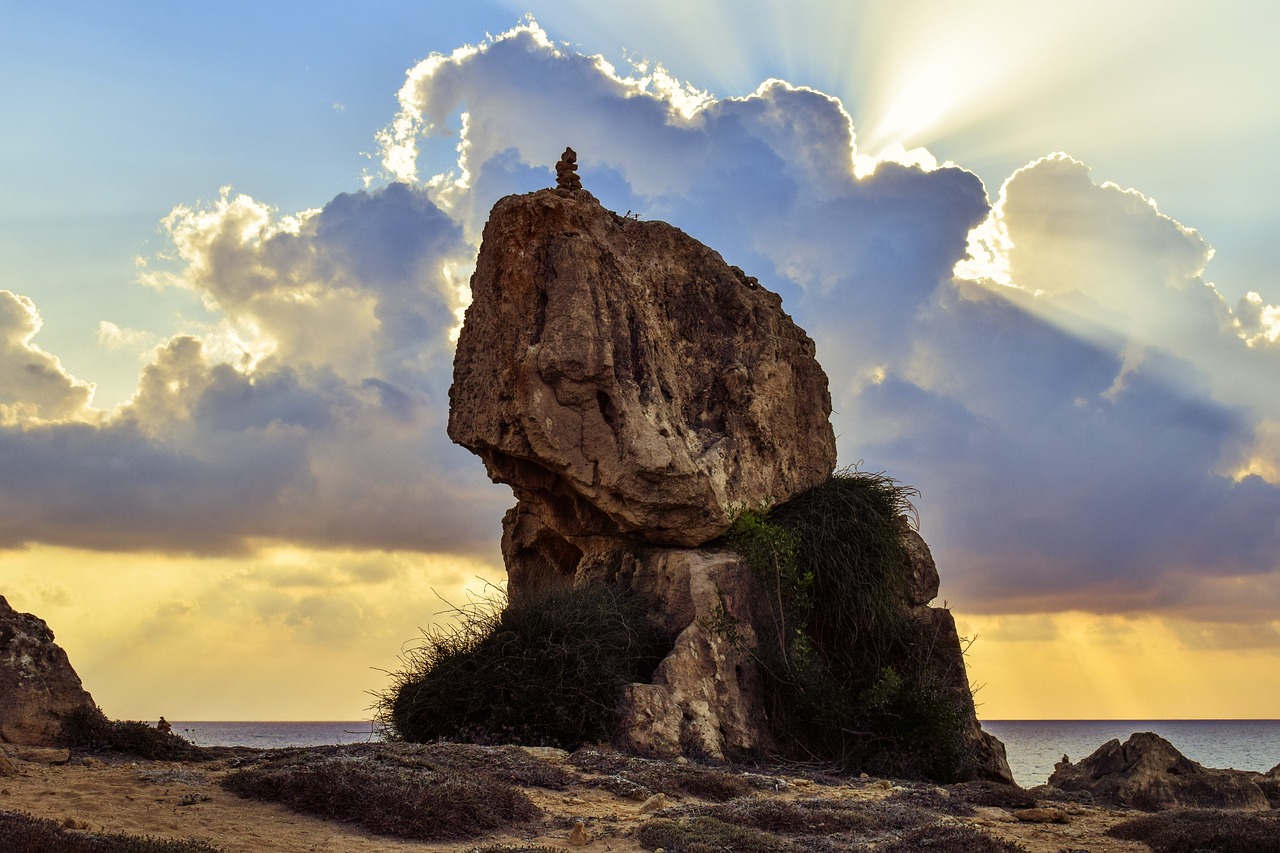
Archaeological Sites as Tourist Attractions
Archaeology, the study of human history through the excavation of artifacts and sites, has long captured the imagination of people worldwide. In this article, we will delve into the diverse ways in which archaeology is portrayed and celebrated in popular culture, from Hollywood films to museums, exploring its impact on public perception and engagement.
Archaeological sites hold a unique allure for tourists, offering a glimpse into the rich tapestry of human civilization. These sites serve as windows to the past, allowing visitors to walk in the footsteps of ancient peoples and marvel at their architectural achievements. From the majestic pyramids of Egypt to the awe-inspiring ruins of Machu Picchu, these sites not only attract tourists but also play a crucial role in promoting cultural heritage tourism.
Imagine standing amidst the towering columns of the Parthenon in Greece or exploring the intricate carvings of Angkor Wat in Cambodia. These sites not only showcase the ingenuity of ancient civilizations but also provide a tangible connection to our shared human history. Tourists flock to these sites not just for their scenic beauty but also to experience the thrill of discovery and to gain a deeper understanding of the past.
Archaeological sites often offer guided tours, interactive exhibits, and educational programs to enhance visitors' experience and promote a greater appreciation for the significance of these ancient landmarks. Museums located near these sites further enrich the visitor experience by showcasing artifacts unearthed during excavations and providing context to the historical narratives woven into the fabric of these ancient ruins.
Whether it's exploring the grandeur of the Great Wall of China or marveling at the intricate mosaics of Pompeii, archaeological sites continue to captivate and inspire travelers from around the globe. The preservation and promotion of these sites not only contribute to the local economy but also serve as a testament to the enduring legacy of human creativity and innovation.
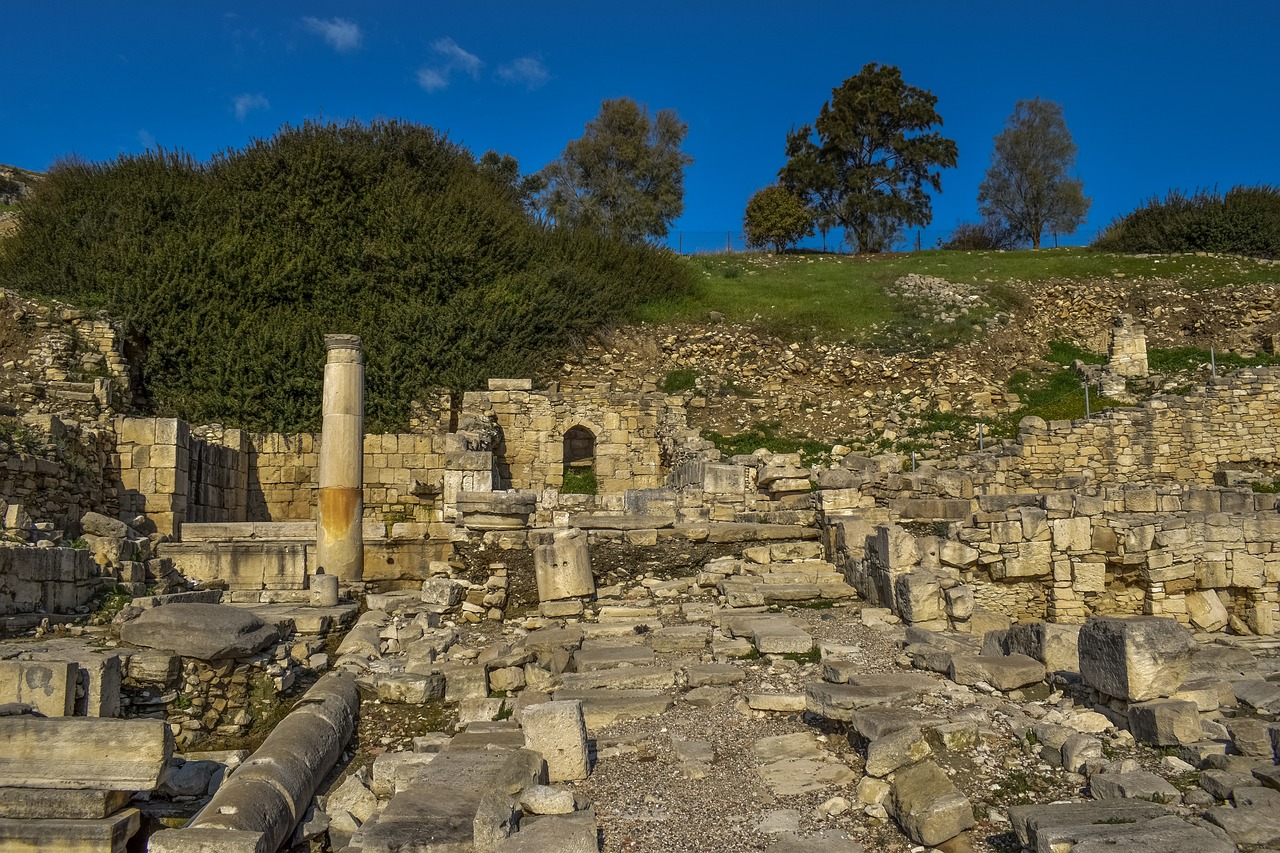
Archaeology in Social Media and Influencer Culture
Archaeology in Social Media and Influencer Culture plays a significant role in shaping public perceptions and generating interest in the field. With the rise of social media platforms like Instagram, Twitter, and TikTok, archaeologists and enthusiasts have found new ways to share their discoveries and insights with a global audience. Influencers, with their large followings, have the power to popularize archaeological sites and artifacts, making them more accessible and engaging for the general public.
Through visually appealing posts and engaging storytelling, social media influencers bring the world of archaeology to life, showcasing the excitement of uncovering ancient mysteries and preserving cultural heritage. Platforms like YouTube allow archaeologists to create educational content, offering behind-the-scenes glimpses into excavation sites and laboratory work. This direct interaction with the audience fosters a sense of connection and fosters a greater appreciation for the importance of archaeological research.
Moreover, social media has enabled archaeologists to crowdsource information and collaborate with experts and enthusiasts from around the globe. The sharing of knowledge and resources online has led to new discoveries and interpretations, expanding the collective understanding of our shared human history. By leveraging the reach and engagement potential of social media, archaeology has transcended academic circles and reached a broader audience, sparking curiosity and encouraging exploration of the past.

Archaeology in Fashion and Design
Archaeology in Fashion and Design plays a significant role in reflecting our fascination with ancient cultures and history. The incorporation of archaeological motifs into modern fashion trends and design elements serves as a bridge between the past and the present, creating a sense of connection with our heritage. From ancient Egyptian-inspired jewelry to Greek-inspired drapes, fashion designers often draw inspiration from archaeological discoveries to infuse their creations with a sense of mystery and timelessness.
Moreover, the influence of archaeology in design goes beyond aesthetics, as it also contributes to the preservation and promotion of cultural heritage. By showcasing ancient symbols, patterns, and artifacts in contemporary fashion and design, we not only celebrate the richness of our past but also raise awareness about the importance of protecting archaeological sites and artifacts for future generations.
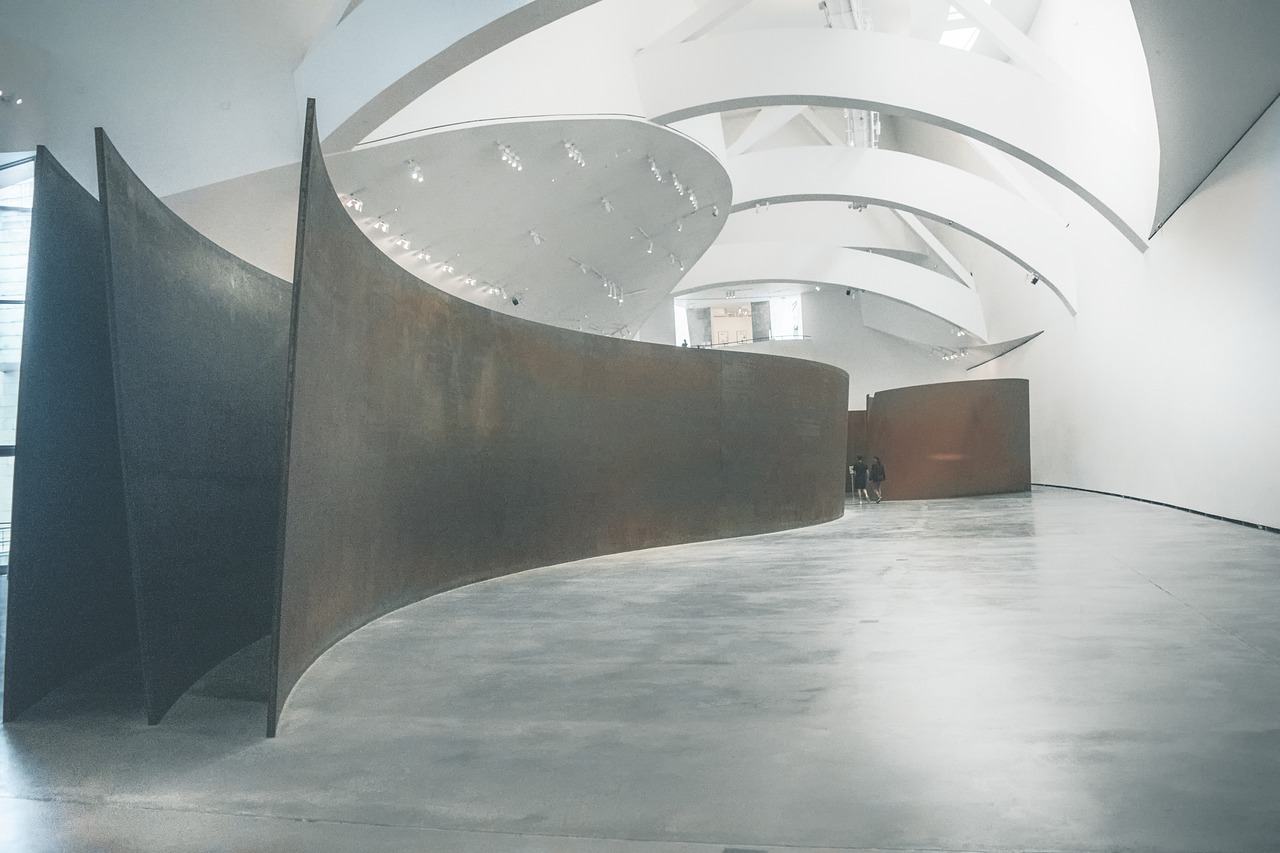
Archaeology in Museums and Exhibitions
Archaeology in Museums and Exhibitions play a pivotal role in bringing the wonders of the past to the present for public appreciation and education. Museums curate archaeological artifacts with meticulous care, creating immersive exhibitions that transport visitors back in time. These exhibitions not only showcase ancient objects but also provide valuable insights into the cultures and civilizations that created them.
One of the key aspects of archaeology in museums is the interpretation of artifacts. Museum curators and archaeologists collaborate to present artifacts in context, telling the stories behind each object and its significance in history. Through detailed labels, interactive displays, and multimedia presentations, museums engage visitors of all ages in the exploration of the past.
Moreover, archaeological exhibitions often highlight the ongoing research and discoveries in the field. Temporary exhibits showcase the latest findings and interpretations, offering a glimpse into the dynamic nature of archaeology. Visitors have the opportunity to witness the excitement of archaeological exploration and the evolving narratives of the past.
Interactive exhibits play a crucial role in engaging museum visitors with archaeology. Hands-on activities, virtual reality experiences, and educational workshops allow visitors to experience archaeology firsthand. By actively participating in simulated excavations or artifact conservation activities, visitors gain a deeper appreciation for the complexities of archaeological work.
Furthermore, museums serve as educational hubs for archaeology, offering programs and events that cater to diverse audiences. From guided tours and lectures to family-friendly activities and school programs, museums strive to make archaeology accessible and engaging for all. By fostering a sense of curiosity and discovery, museums inspire the next generation of archaeologists and history enthusiasts.
Overall, archaeology in museums and exhibitions plays a crucial role in preserving cultural heritage, promoting education, and fostering a deeper understanding of the past. Through innovative displays, interactive experiences, and educational initiatives, museums bring the wonders of archaeology to life for visitors around the world.
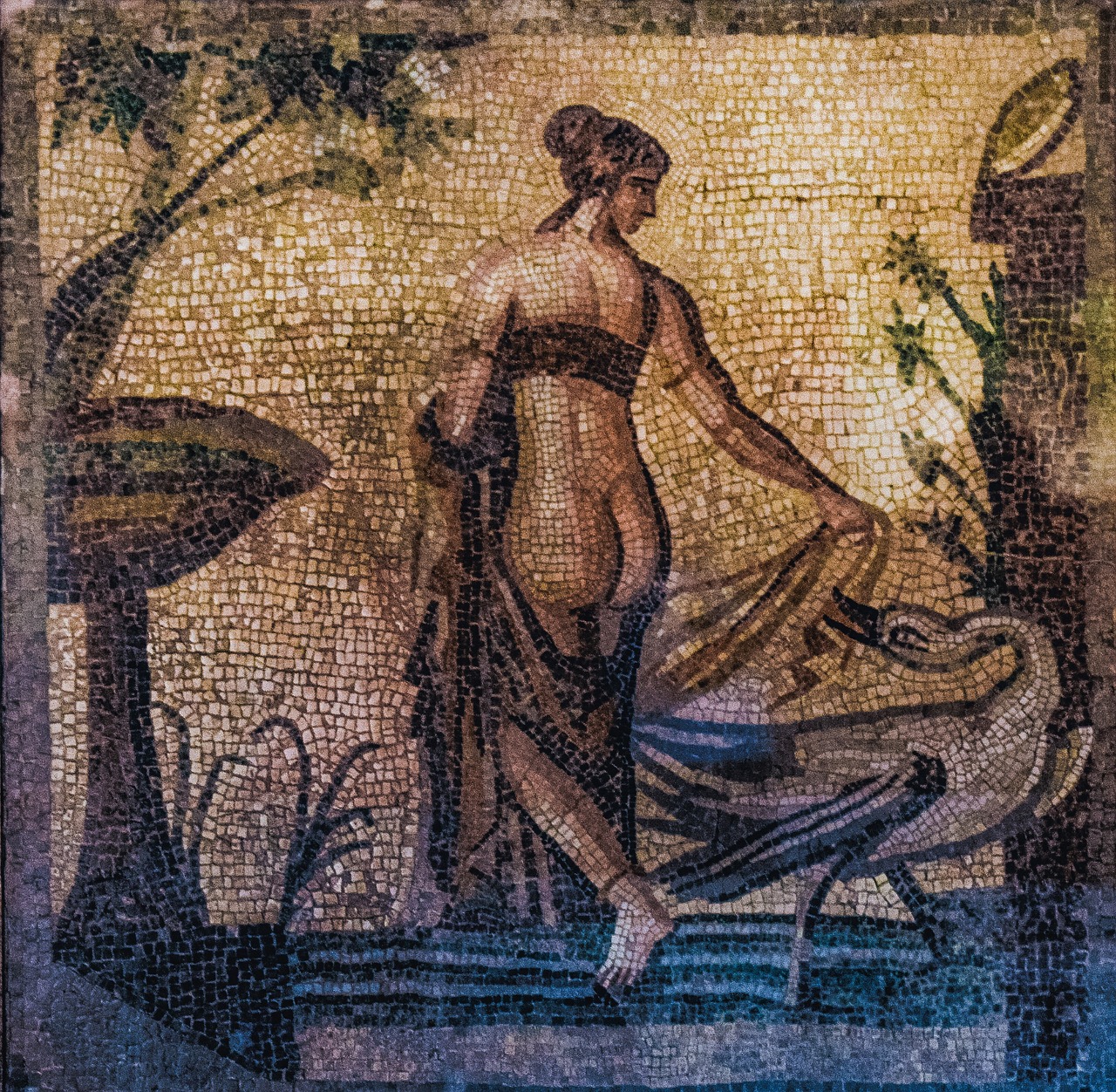
Archaeology in Pop Music and Art
Archaeology in Pop Music and Art delves into the fascinating intersection of ancient history and contemporary creativity. In the realm of pop music, artists often draw inspiration from archaeological discoveries and ancient civilizations to craft compelling lyrics and captivating melodies. Whether it's referencing mythical stories from the past or incorporating ancient instruments into modern compositions, music becomes a vessel for storytelling that transcends time.
Similarly, in the world of art, archaeological motifs and themes have long been a source of inspiration for painters, sculptors, and other visual artists. From depicting ancient ruins and artifacts to reimagining historical events through a contemporary lens, art serves as a medium through which the past is brought to life in vibrant and thought-provoking ways.
One notable example of archaeology's influence on pop culture is the iconic song "Walk Like an Egyptian" by The Bangles, which not only topped the charts but also sparked a renewed interest in ancient Egyptian history and culture. The catchy tune and playful lyrics transported listeners to a time long gone, showcasing how archaeology can permeate popular music and ignite curiosity about the past.
Furthermore, contemporary artists often collaborate with archaeologists and historians to create immersive experiences that blend art, music, and history. Through multimedia installations and interactive exhibitions, audiences can engage with archaeological narratives in innovative and engaging ways, fostering a deeper appreciation for the richness of human heritage.
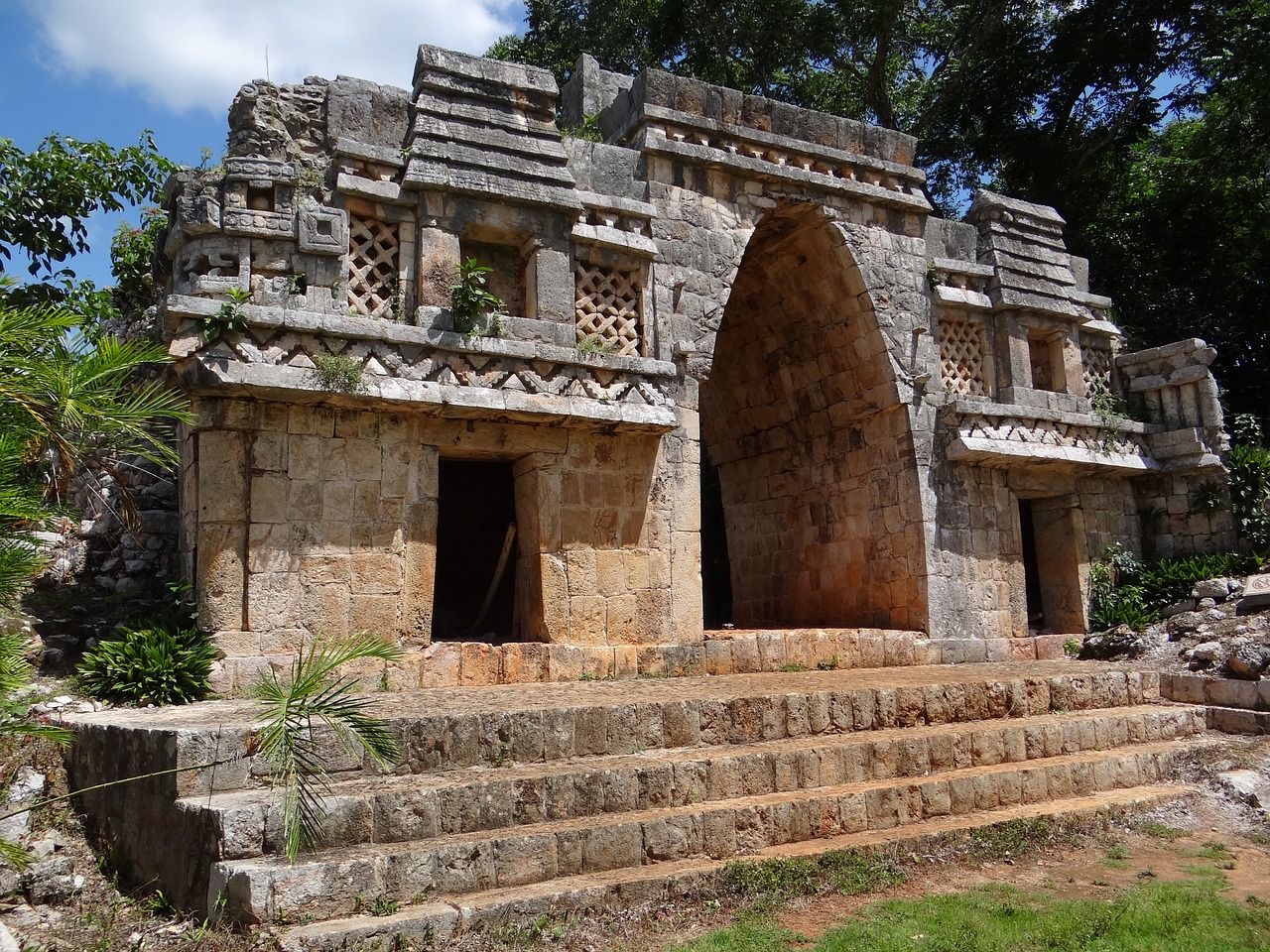
Archaeology in Popular Culture Critique
Archaeology in Popular Culture has undeniably made its mark across various forms of media, from movies to museums, shaping public perceptions and sparking interest in the field. However, as archaeology becomes more intertwined with popular culture, a critical lens is essential to evaluate the implications of this widespread portrayal on the discipline's authenticity and public understanding.
One of the primary concerns in the critique of Archaeology in Popular Culture is the potential distortion of archaeological practices and processes for the sake of entertainment value. Hollywood films and television shows often sensationalize archaeological discoveries, portraying expeditions as action-packed adventures filled with treasure hunts and dramatic encounters. While this may captivate audiences, it can create unrealistic expectations and misconceptions about the meticulous and often painstaking nature of real archaeological work.
Moreover, the commodification of archaeology in popular culture raises questions about the ethical implications of commercializing historical artifacts and sites. The glorification of looting and illegal excavation in media representations can perpetuate a harmful narrative that undermines the importance of preserving cultural heritage for future generations. It is crucial to address how these portrayals impact public attitudes towards archaeological ethics and the protection of archaeological resources.
Another aspect of the critique involves the oversimplification of complex archaeological narratives in mainstream media. Books, films, and TV shows often condense intricate historical contexts and archaeological findings into easily digestible storylines, sacrificing nuance and accuracy for mass appeal. This oversimplification can lead to a superficial understanding of archaeology and its significance, potentially diminishing the public's appreciation for the depth and richness of the discipline.
Furthermore, the romanticization of archaeology in popular culture can create unrealistic expectations for aspiring archaeologists and enthusiasts. The portrayal of archaeologists as swashbuckling adventurers or intellectual geniuses may glamourize the profession but may not accurately reflect the day-to-day challenges and complexities faced by real archaeologists in their work. It is essential to distinguish between the romanticized image of archaeology in media and the reality of the discipline to ensure a more informed and realistic perspective.
In conclusion, while the integration of archaeology into popular culture has undoubtedly increased public awareness and interest in the field, a critical examination of its portrayal is necessary to safeguard the integrity of archaeology as a scientific discipline. By engaging in a thoughtful critique of how archaeology is represented in movies, literature, social media, and other forms of media, we can promote a more accurate understanding of archaeology's role in preserving and interpreting the past.
Frequently Asked Questions
- What is the significance of archaeology in popular culture?
Archaeology in popular culture serves as a gateway for the public to engage with the past in entertaining and educational ways. It influences how people perceive history, ancient civilizations, and the work of archaeologists.
- How accurate are the portrayals of archaeology in movies and TV shows?
While entertainment media often takes creative liberties with archaeological practices for dramatic effect, some productions strive for authenticity by consulting experts in the field.
- Why are archaeological sites popular tourist attractions?
Archaeological sites offer visitors a tangible connection to the past, allowing them to explore ancient civilizations, artifacts, and architectural wonders firsthand.
- How does archaeology contribute to cultural heritage tourism?
Archaeology plays a vital role in preserving and showcasing cultural heritage, attracting tourists who seek to learn about the history and traditions of different societies.
- What impact does social media have on the portrayal of archaeology?
Social media platforms provide a platform for archaeologists and enthusiasts to share discoveries, insights, and stories, shaping public interest and understanding of the discipline.
- How do museums curate archaeological artifacts for exhibitions?
Museums carefully select and present archaeological artifacts in exhibitions to educate the public about past civilizations, their lifestyles, technologies, and artistic achievements.

